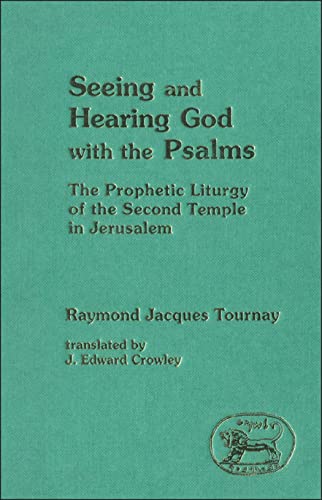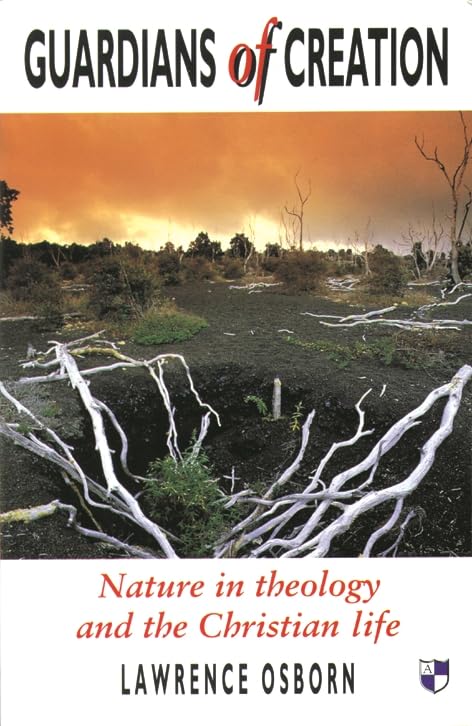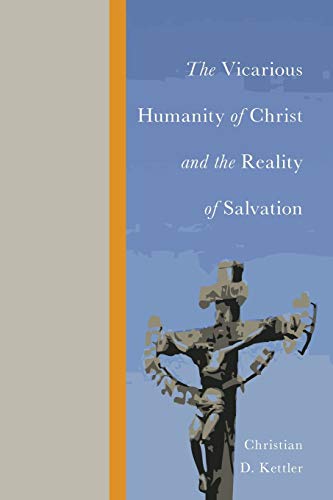The Acts of the Apostles (New Testament Guides Series)
Written by I. Howard Marshall Reviewed By Brian J. DoddThe purpose of the New Testament Guides Series is to provide a ‘concise yet comprehensive’, up-to-date guide for students of the NT, and if Professor Marshall’s instalment on Acts is any indication, this series will become an indispensable resource. Marshall offers in this compact volume a balanced appraisal of the problems and proposals that exist in the scholarly literature on Acts. He applies a balanced, critical method, yet honours the message of Acts as it speaks to the mission of the contemporary church.
The first chapter is a helpful introduction to the literary concerns scholars bring to the study of Acts, surveying the questions and proposals regarding the authorship, genre, readership, and literary structure of the book. Marshall argues for Luke and Acts being taken as two volumes of a one-of-a-kind composition combining elements of styles from ancient history, biography and rhetoric. He holds to a general, threefold structure of Acts based on 1:8; 1:1–5:42, witnesses in Jerusalem; 6:1–11:18, witnesses in Judaea and Samaria; 11:19–28:31, witnesses to the ends of the earth. Marshall affirms the movement of critical scholarship from a focus on alleged sources and hypothetical reconstructions of texts to an emphasis on analysing the flow of the narrative, the structure of the argument, and the impact of the text upon the reader, while maintaining his own emphasis on historical and theological concerns. The alert student will need to explore the commentaries to discover the importance of the shifts of the narrator between ‘we’ and ‘they’ in Acts.
In chs. 2–5 Marshall is at his best as he gives historical and theological issues highest priority. The reader observes Marshall, the historical scholar, assessing the text and other sources, disputing inferences that cannot be drawn from the data, and considering thoughtfully the plausibility of others’ hypotheses. After surveying the scholarship, Marshall accepts the general historical reliability of Acts. He argues for several elements in the teaching of Acts, cautioning us not to reduce Acts to a single message or purpose. Acts teaches, among other things, the importance of the continuing evangelistic mission of the church, assures believers of the facts underlying their faith, and encourages social tolerance between those who differ in race or social status. All the time, this reviewer sensed Marshall’s pastoral and evangelical concern coming through.
The student should be aware that Marshall’s survey omits one current approach to the NT. While he discusses the social situations represented in Acts, Marshall neglects sociological approaches variously labelled socio-historical criticism, socio-rhetorical criticism, cultural-anthropological criticism, and socio-narratological criticism. The Social World of Luke-Acts, edited by Jerome Neyrey (Peabody, Massachusetts: Hendrickson, 1991), is one place for the student to go for this type of approach. Here essays deal with issues in Luke-Acts such as honour and shame, conflict, the pre-industrial city, and the function of ceremonies, to note a few. The student should watch for the forthcoming commentary on Acts in the Word Biblical Commentary series by Joel B. Green, Marshall’s student, which promises to integrate sociological and narratological concerns into an evangelical commentary.
In a too-brief final chapter, Marshall raises the problems arising from transferring the message of Acts to today’s world, the main difficulty being the relationship of history to teaching, what was to what ought to be. How, if at all, should we use the events recorded in Acts for Christian ministry today? For example, the story of the death of Ananias and Sapphira in Acts 5 is less a model for church discipline than other parts of the canon. But, there is a relationship of historical description to imperative in the overall brush-strokes of Acts. The description of the church’s mission in Acts impresses us to continue to witness to the resurrected Christ to the ends of the earth, all the while being concerned with compassion and social tolerance. This terse chapter could have been expanded.
In summary, Marshall provides the reader new to a scholarly study of Acts with a comprehensive and clear overview of the issues. Likewise, he brings an evangelical respect for the text and concern for today’s church which will greatly aid the student in a deepening understanding of Acts’ message. Moreover Marshall models an evangelical approach to historical-critical and literary methods. The annotated bibliography and index add to this book’s value as a resource, but the student will, need to look elsewhere to be introduced to sociological approaches.
Brian J. Dodd
Sheffield University England







